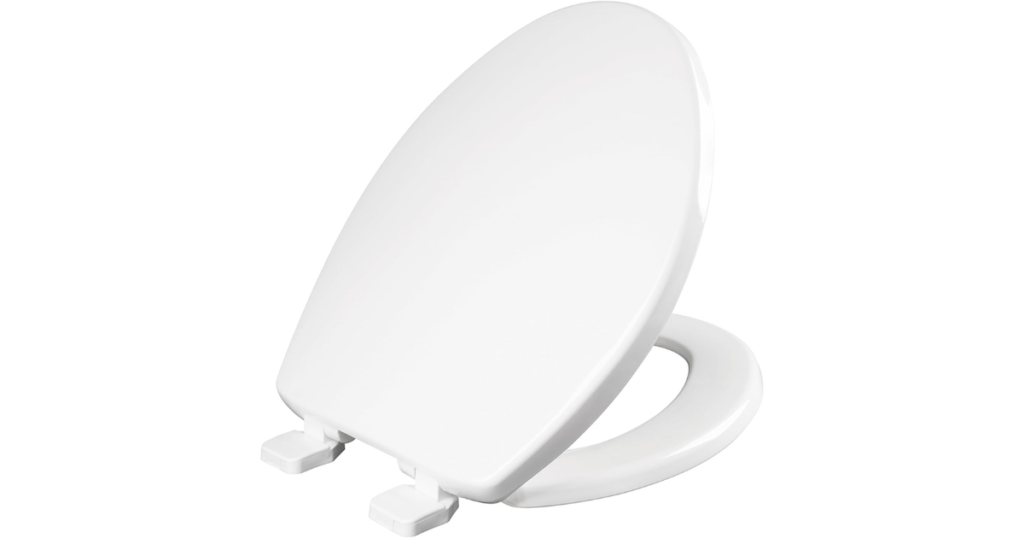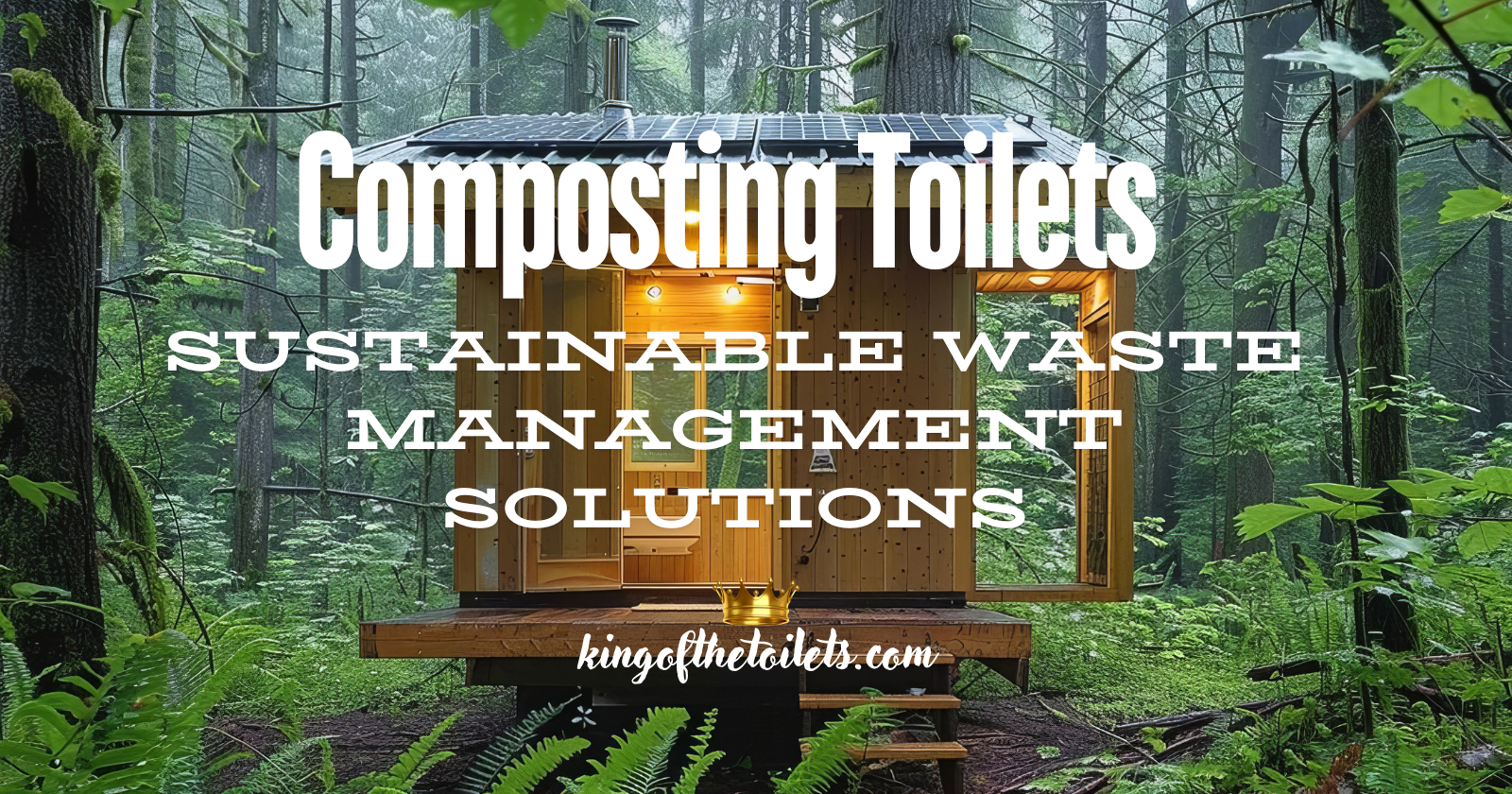
Composting toilets are emerging as a viable solution for eco-friendly waste management in a world increasingly focused on sustainability and reducing our environmental footprint.
These innovative systems offer a way to manage human waste without relying on traditional water-based methods. They are an excellent choice for those looking to minimize their impact on the planet.
Whether you live off the grid, strive for a more sustainable lifestyle, or are simply curious about alternative waste management solutions, composting toilets provide a practical and environmentally sound option.

Fundamentals of Composting Toilets
Composting toilets are eco-friendly sanitation systems that break down human waste through aerobic decomposition. They offer numerous environmental benefits.
Environmental Benefits
Composting toilets reduce water usage since they do not require flushing, making them ideal for areas with limited water supply. Aerobic decomposition turns waste into compost, which can be safely used for gardening or landscaping.
These toilets help lower the burden on sewage systems, decreasing the risk of contamination in water sources. Aerobic bacteria in the composters break down the waste without producing foul odors. EPA guidelines support this eco-friendly method as it helps manage solid waste sustainably.
Composting toilets lowers the overall environmental footprint by reducing the need for chemical treatments in wastewater treatment plants. The resulting compost is rich in nitrogen and other organic materials, providing a valuable plant nutrient source.
Basic Design and Operation
A composting toilet typically includes separate chambers for liquids and solids. When you use the toilet, a trapdoor may open, allowing you to drop the waste into a compartment.
A carbon-rich material like sawdust or coconut coir is often added to aid decomposition.
Aerobic decomposition requires oxygen, achieved through ventilation systems, often including fan-assisted vents. Moisture levels are managed to ensure optimal conditions for bacteria.
You might need to empty the liquid container periodically, but the solid waste, enriched with carbon and nitrogen, stays until it is fully composted.
Bacteria break down the waste, transforming it into compost. Some systems even heat the composting chamber to speed up the process. Proper maintenance ensures an odor-free, efficient, and eco-friendly toilet solution.

Installation and Maintenance
Installing and maintaining a composting toilet involves careful setup and regular upkeep to ensure its effective operation. The vent, fan, and waste containers are crucial for proper operation.
Setting Up Your Composting Toilet
First, choose a spot for your composting toilet. Ensure there’s room for a vent pipe, which should go from the toilet to the outside. The vent helps remove odors and allows air to flow.
Next, install the toilet base and connect the vent pipe. The vent pipe should be vertical to help with airflow. If the system includes one, attach the fan to the vent pipe. The fan will push odors outside.
When placing the toilet, make sure it’s stable and secure. Connect any liquid waste drains if your model includes them. This could be a hose leading to an outdoor area like a cesspool or septic system.
Routine Cleaning and Care
Routine cleaning and care are essential to maintain your composting toilet. Regularly check the waste container to ensure it’s not too full. If it is, empty it. Use gloves and place waste into your compost bin.
Check the liquid waste container often and empty it when needed. Again, gloves are necessary for hygienic handling.
After each use, add a carbon-rich material like sawdust or coconut coir to solid waste. This helps with composting and controls odors.
Clean the toilet surfaces with a mild, biodegradable cleaner to prevent buildup. Make sure the vent and fan are clear of obstructions and working correctly.
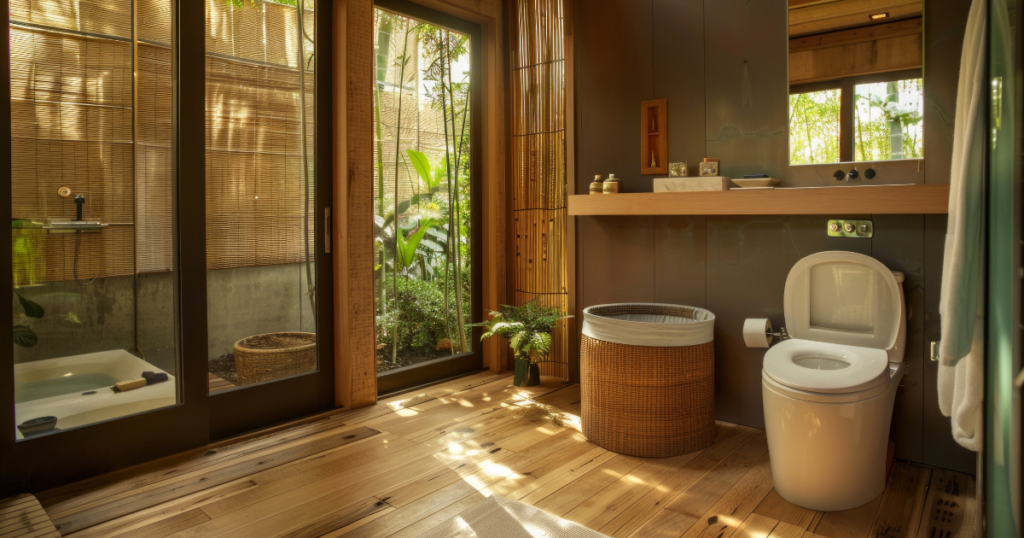
Choosing the Right Model
When choosing a composting toilet, consider your household’s design, capacity, and specific needs. Some models are portable, while others are more suited for permanent installations. Reviews from manufacturers like Sun-Mar and Separett can help inform your decision.
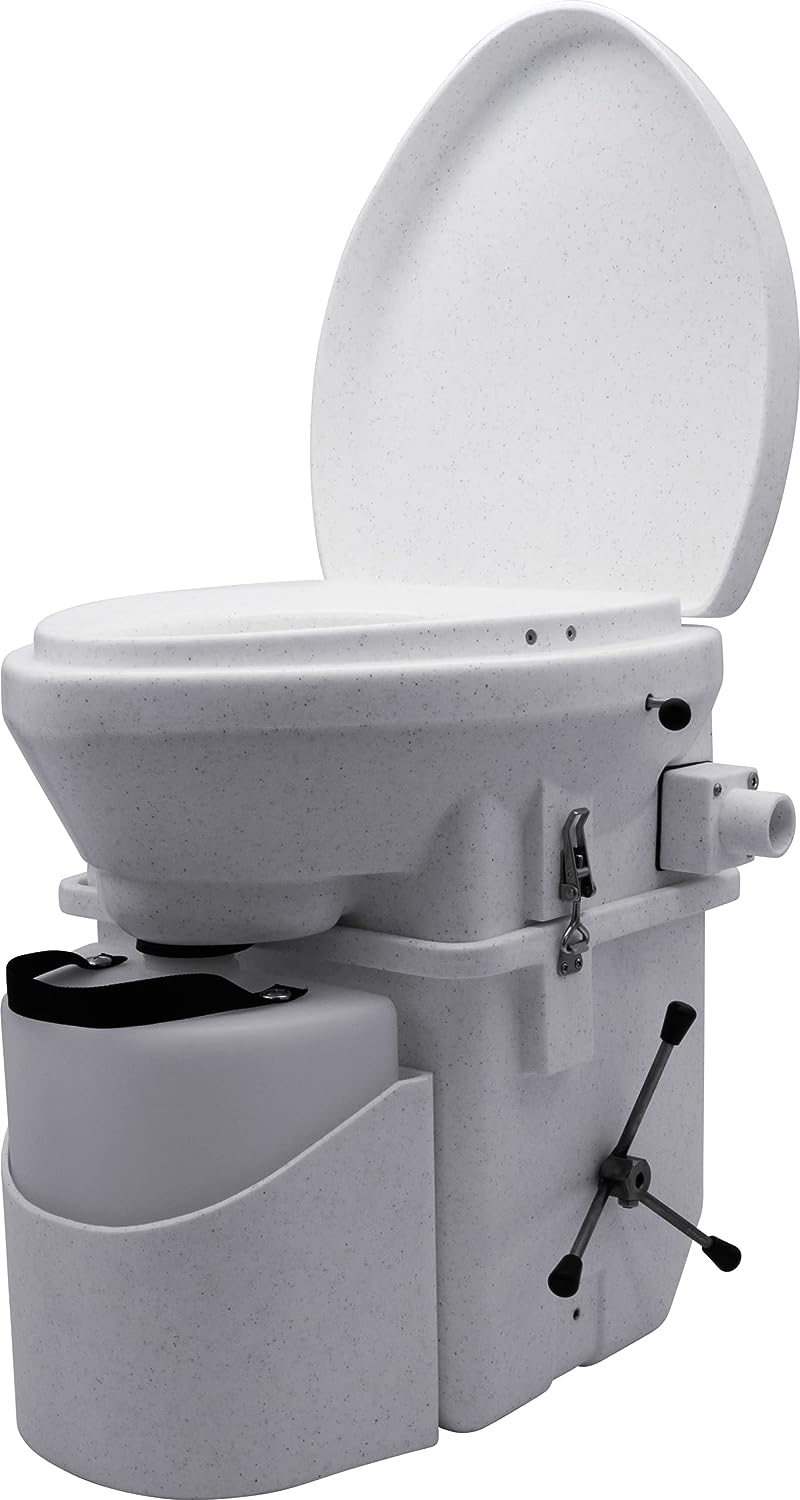 | Nature’s Head® Self Contained Composting Toilet | |
 | TRELINO Composting Toilet | |
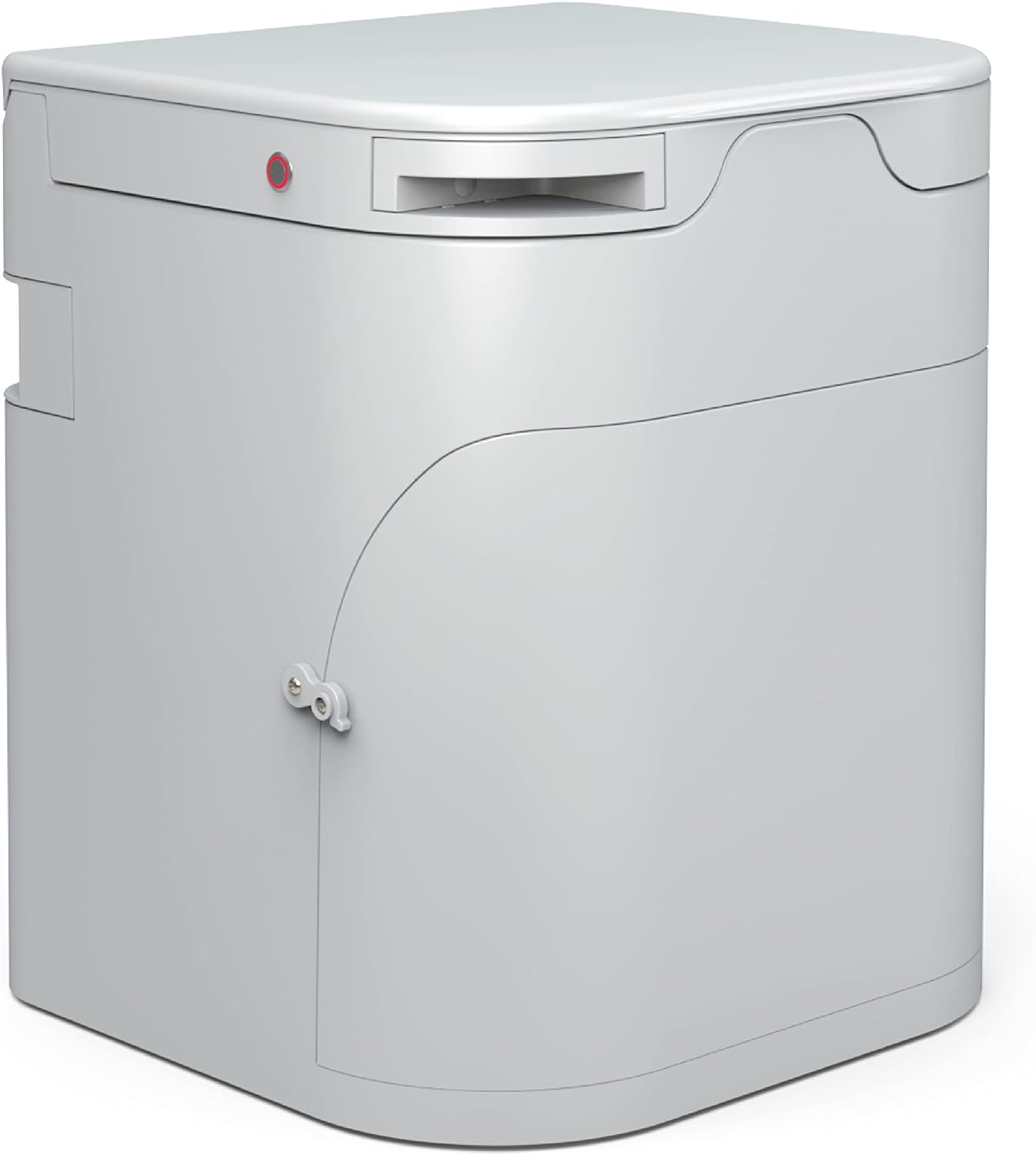 | OGO™ Compost Toilet |
Factors to Consider
Design: Consider whether you need a self-contained composting toilet or a unit with a separate chamber.
Self-contained models, such as the Sun-Mar Excel, are easy to install and maintain, making them a popular choice for homes and RVs.
Capacity: Evaluate how many people will be using the toilet.
A compact model like the Separett Villa 9215 AC/DC is ideal for small households. Larger families may need a high-capacity option that can handle more frequent usage.
Portability: A portable model like the Sun-Mar GTG is practical if you need a toilet for camping or mobile setups. This electric, waterless toilet is compact and easy to transport.
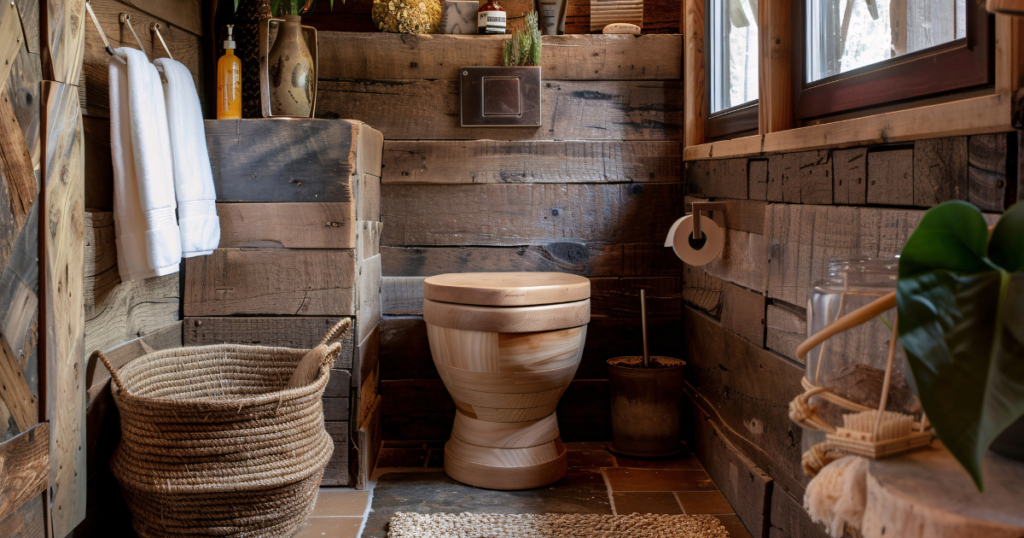
Managing Waste and Odor
Proper waste and odor management are essential for composting toilets to ensure a pleasant and hygienic experience. Follow these steps to control odors and safely dispose of waste effectively.
Effective Odor Control
To control odors, focus on ventilation and the use of carbon-rich materials.
Proper ventilation is crucial, so install a vent with a fan to continuously draw air out of the composting chamber. This reduces smells and keeps the area clean.
You should also add materials like sawdust, peat moss, or straw, which help absorb moisture and neutralize odors.
Sprinkle a layer of these materials after each use to speed up decomposition and maintain a balance between liquids and solids in the holding tank.
Maintaining the right temperature in the composting chamber is essential for odor control. Keep the temperature between 55°F and 140°F to encourage the growth of beneficial bacteria, which helps break down waste efficiently. Regularly check and clean the vent and fans to ensure they work correctly.
Safe Waste Disposal
Properly separating and disposing of waste in composting toilets is essential for hygiene and environmental safety.
Solid waste should be placed in a separate compartment or a removable bucket within the composting chamber, while urine and other liquids should be directed into a different container or outdoor system.
If necessary, manually move the solid waste to an outdoor compost bin, allowing it to decompose fully before using it as fertilizer.
Ensure the composting process is complete, and the material is odor-free before using it on plants.
Liquid waste can be used as a natural fertilizer after being diluted with water. However, to prevent contamination, it must be disposed of away from any water sources.
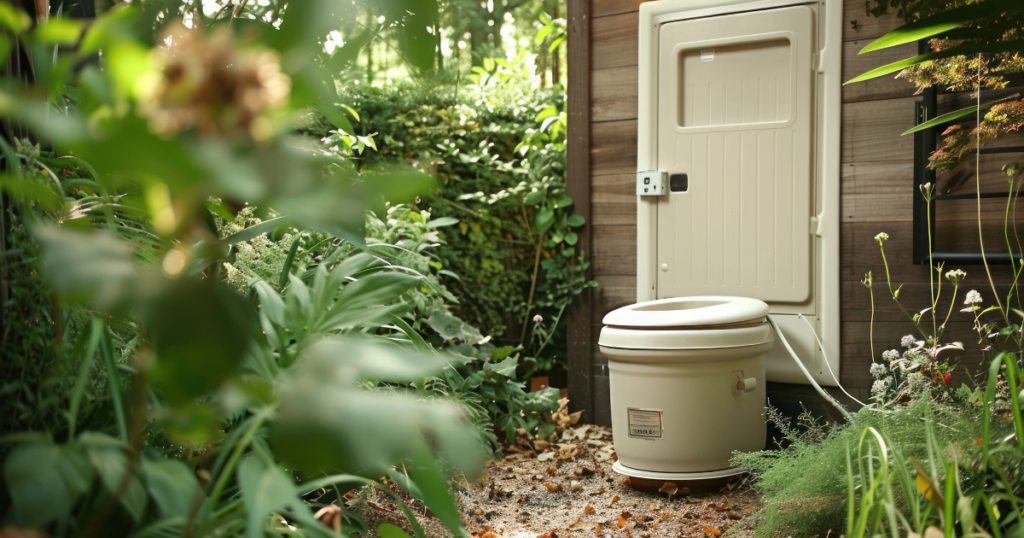
Legal and Environmental Considerations
Legal and environmental aspects are crucial when considering composting toilets. You’ll need to comply with local regulations, and using these systems can significantly contribute to sustainable living.
Compliance with Regulations
Different states have various laws regarding composting toilets. For instance, Kentucky, Louisiana, Maine, Minnesota, and others allow these systems but often include specific stipulations.
Most building codes require at least one flush toilet connected to a septic tank or sewer system. You might need special permits or inspections to install a composting toilet. Local laws can vary, so checking with your municipality is essential.
Some regions offer guidance through grassroots organizations like ReCode, which aims to legalize sustainable sanitation systems. Researching your area’s requirements can save you time and ensure you adhere to the rules.
Contributing to Sustainable Living
Composting toilets are valuable in off-grid living and eco-friendly homes. These systems transform waste into nutrient-rich compost, which can be used in your garden.
This composting process conserves water and reduces pollution, making it an environmentally-friendly choice.
Unlike traditional septic systems, composting toilets do not require water or electricity. This reduces your home’s chemical use and overall environmental footprint. The compost produced can enhance soil quality, providing natural fertilizer for plants.
Applications and Adaptations
Composting toilets are valuable because they are versatile and can be adapted to various settings and technologies. They are useful in non-traditional settings and enhanced through advancements in composting technology.
Non-Traditional Settings
Composting toilets work well in unconventional places where typical plumbing is infeasible. For instance, they are popular in RVs and campers due to their self-contained nature, which minimizes water usage and eliminates the need for an external sewer connection.
They are also helpful in tiny homes and cabins. These spaces often lack extensive plumbing systems, and composting toilets adapt to this by turning human waste into usable compost.
Remote locations with limited electric connections benefit from manual models that do not require electricity.
Boats and basements are other areas where composting toilets shine. They are efficient in managing odorless waste disposal through adequate venting. Furthermore, the toilets do not require much heat, working well even in varied temperature conditions, provided they are properly maintained.
Advancements in Composting Toilet Technology
Recent technological advancements have improved the functionality and efficiency of composting toilets.
Many models are self-contained and feature advanced heat systems to accelerate the composting process.
Modern composting toilets often include a vent to reduce odors significantly. The evaporation of liquids ensures that the system remains clean and manageable.
Some advanced models integrate electricity usage to aid in breaking down feces more quickly and efficiently.
You will also find enhanced DIY designs that allow customization and functionality suited to various conditions. These often come with detailed manuals, making installing and maintaining them easier in your unique living space.
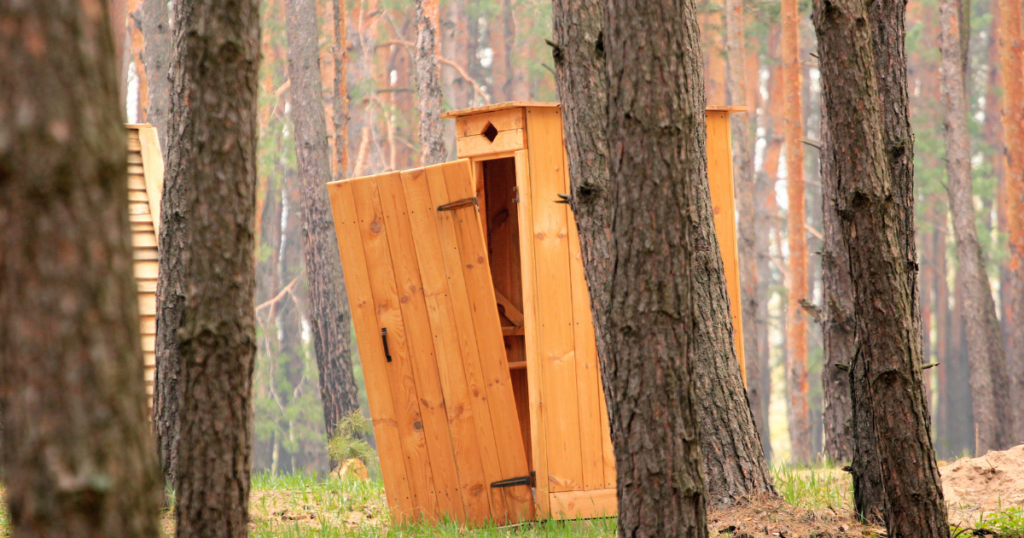
Wrapping Up
As we continue to seek out more sustainable ways to live, composting toilets stand out as a powerful tool in the quest for environmental responsibility.
They not only reduce water usage but also turn waste into valuable compost that can nourish the earth.
By adopting composting toilets, we take a significant step toward a greener, more sustainable future.
Whether for off-grid living, eco-conscious households, or anyone looking to reduce their environmental impact, composting toilets offer a practical and responsible waste management solution that benefits both people and the planet.
Frequently Asked Questions
How often and in what manner should a composting toilet be emptied?
The frequency of emptying a composting toilet depends largely on its size and how many people use it. Expect to empty it every 4 to 6 weeks for a family of four using it full-time.
When it’s time to empty, you’ll find the solid waste broken down into compost. Carefully remove the compost, which can be used as fertilizer for non-edible plants. Always wear gloves during this process to maintain hygiene.
Dive Deeper
- What Are Pressure-Assisted Toilets?
- Compact Toilets For Small Spaces
- What Are Pressure-Assisted Toilets?

